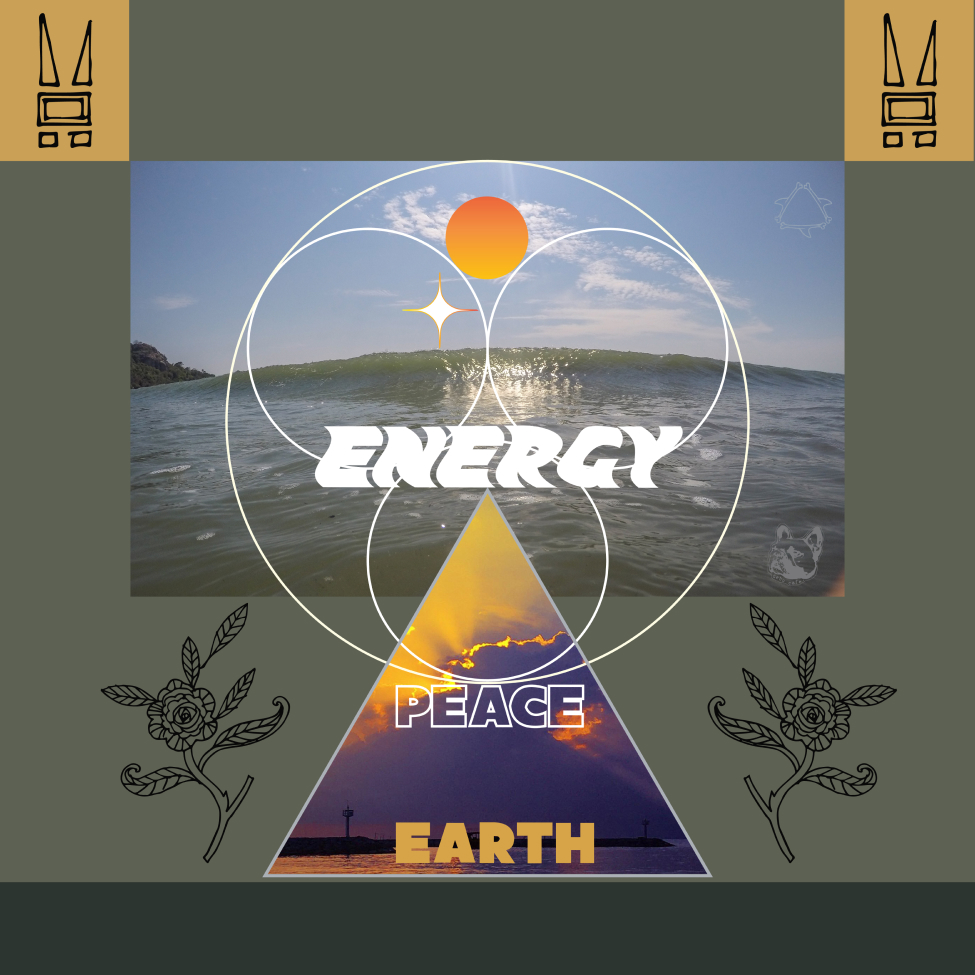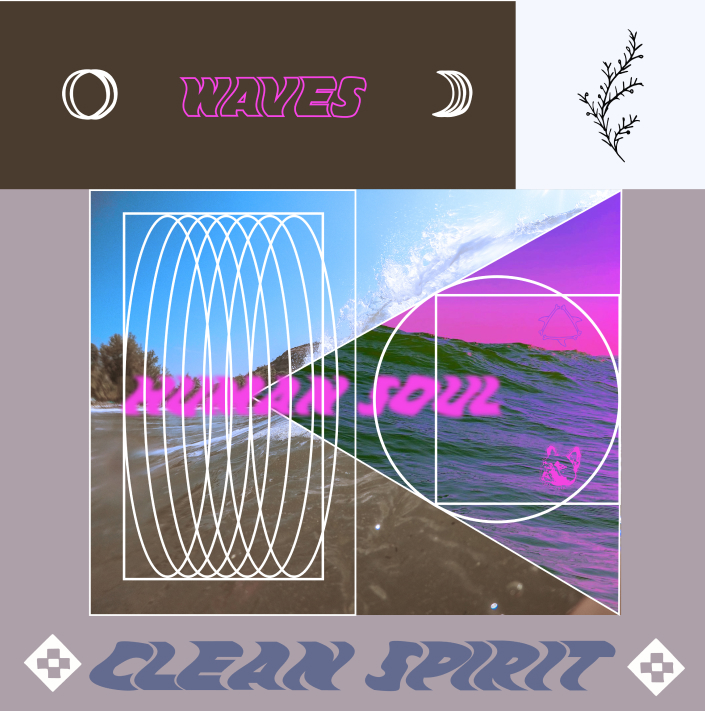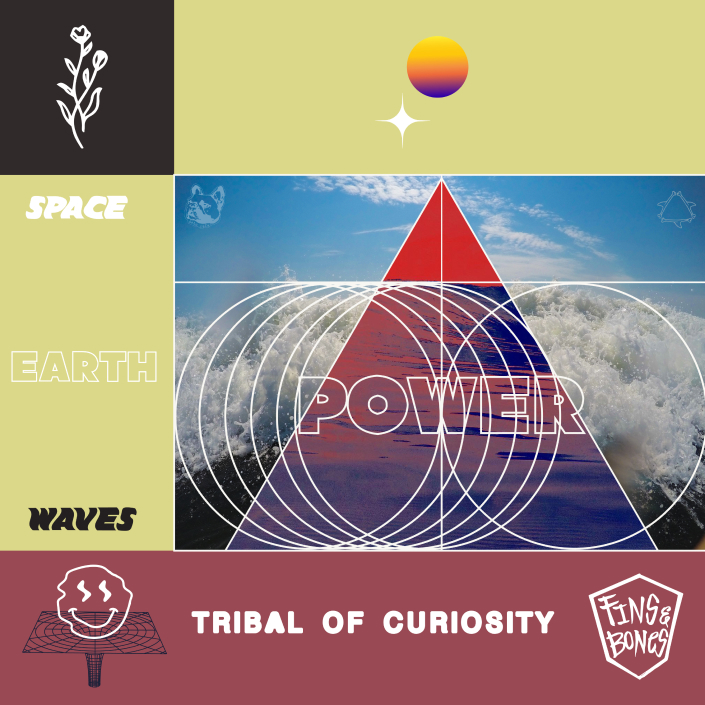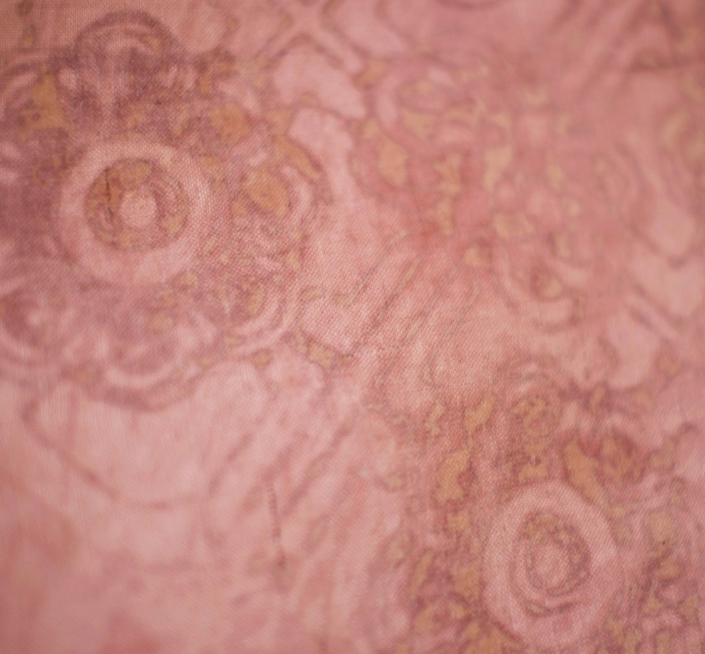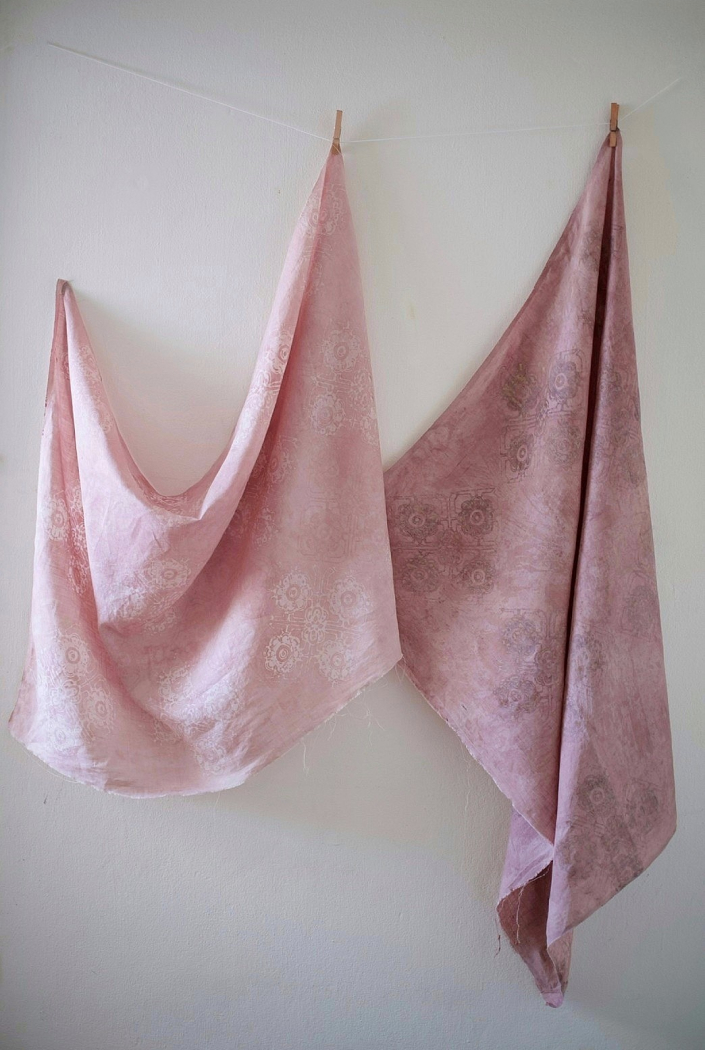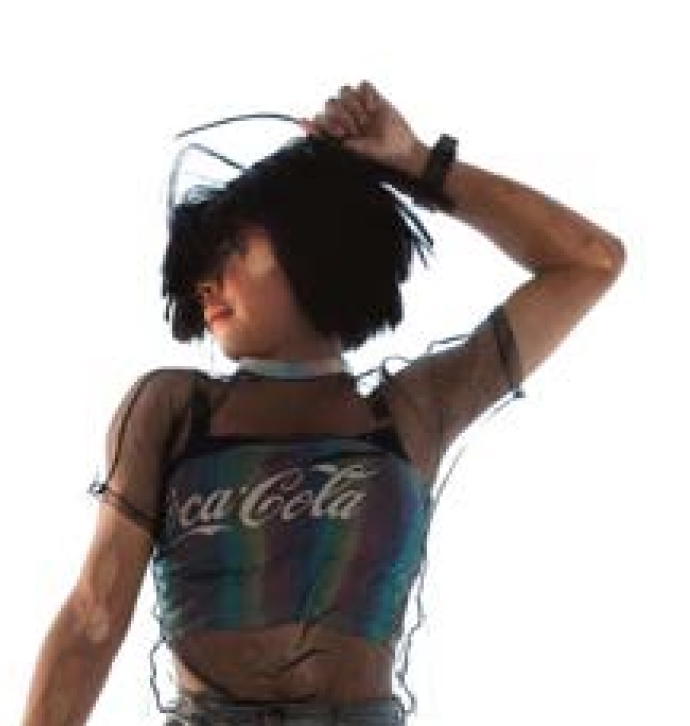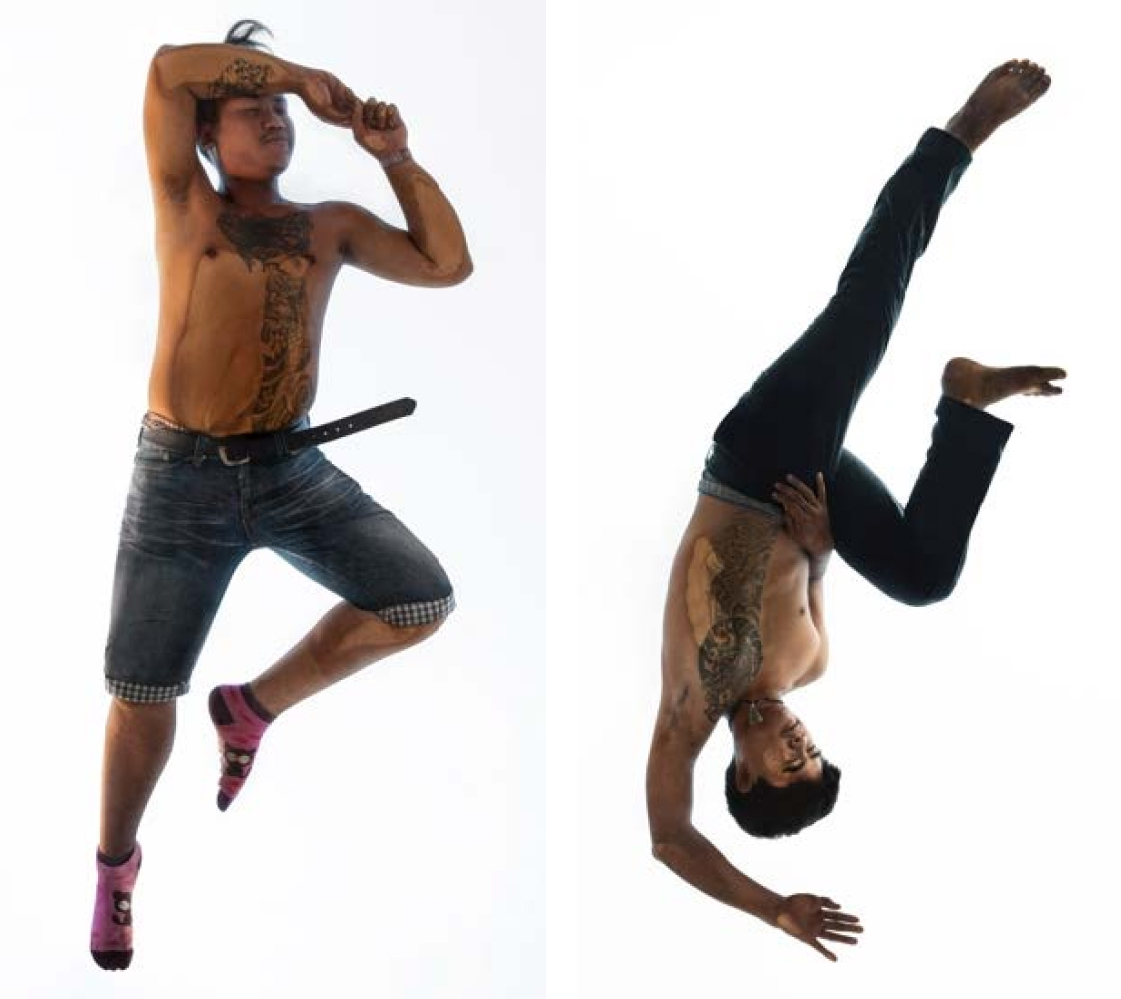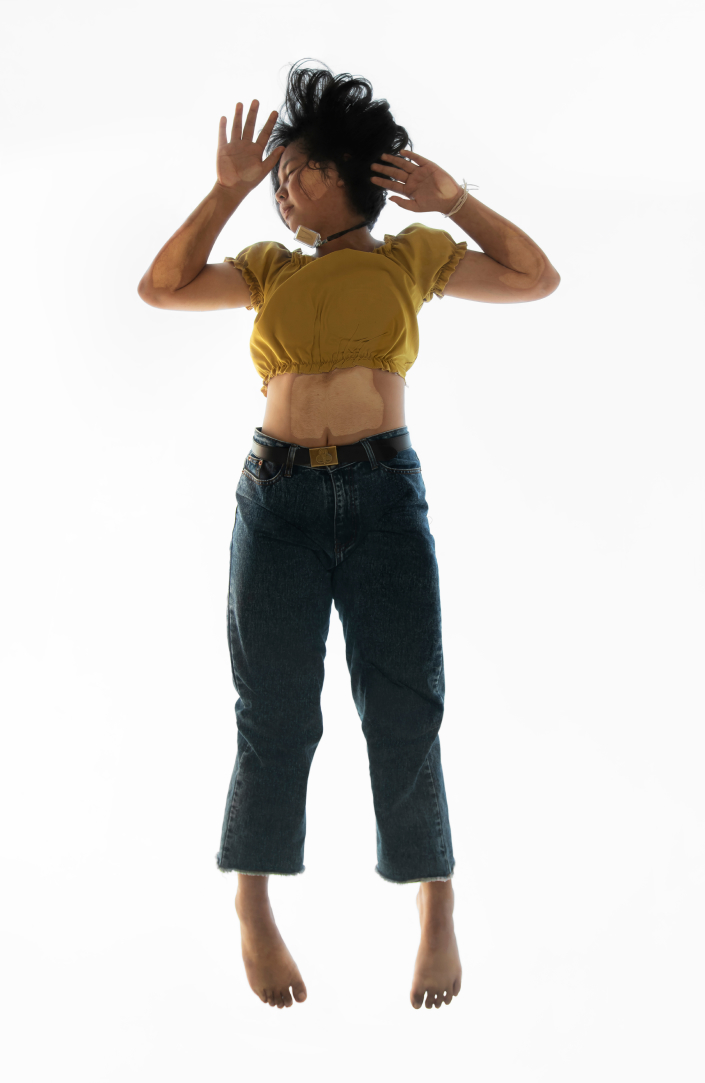“>”>I am MINE
Asst.Prof Dr. Arttawut Changvittaya
Introduction
The most well-known Design Thinking process was developed by Stanford d. School, an improved version of the Harvard Design Thinking model, which will be referred to hereafter. The first step of Design Thinking process is “Empathy” or the process truly relating to audiences’ minds to comprehend and identify their pain points.
The Linear 5 steps process of Design Thinking has been used for the past 14 years without being challenged. This year symposium’s topic is “Clean Design”, contrarywise, has the process that we have been using to create those designs been “Cleaned”. In other words,
every product, design or process needs to be improved, any good model needs continuous improvement.
As a Designer, Professor and Academic specialist of Design Thinking, I had the opportunities to vastly put the practice of this model in real use, with success, among Education, Government and Private sectors. Therefore, I would like to be the first to challenge to “Clean” the Design Thinking process or advance it to make it more practical and applicable to Thai people.
From personal experiences, the best method to initiate “Empathy” is not to look at the customer but the first step should be to look or empathize with yourself, “ME”. Why “ME”? Empathizing with yourself can help you acknowledge your own biases and preferences. Designers usually create products from their own preferences, it is essential to “Clean” yourself and your mindset, with a “Clean ME” you can fairly empathize with your customers.
In conclusion, this artwork will emphasize on Cleaning “ME” to improve and produce better designs and products for others. Thai language has been chosen to create this artwork, even though this is an international symposium, most of the audience and stakeholders who will be viewing this exhibition are Thai. I would like to stress the importance and communicate to Thai designers to “let go of biases”. To Clean “Me”. Lastly, I hope that this artwork will be a reminder for designers to always question themselves when creating a product for customers, is this for “ME”?
Conclusion
The research project entitled “The process of creating conceptual art through the
photography.” had been studied and ascertained by the researcher from sorts of information to
analyze and find ways to create photography and including creating new forms from the scope
of content and social issues that have arisen from the past to the present. This visualization process has invited new interpretations of the concept of photography to be a communication tool that expresses thoughts upon problems occurring in society through language and the artistic symbols hidden in photography. The artistic tactics in this work have encouraged viewers
to watch, question, and find out the meaning in their perspectives.
Objectives Aims or Purposes
To “Clean” or improve Design Thinking process to get better customer’s insights by eliminating designer’s biases.
Process or Methods
The process of this work is divided into two stages as follows:
1. In depth research of available and credible academic studies to pursue a method to improve Design Thinking process to make it more appropriate for Thai Designers.
2. Creating an art piece as a symbolic gesture to call out to Designers who use Design Thinking method to start the process by looking at “ME”.
Techniques and materials
Metal sheet 2.5 mm. and powder coat white color
Size or Mins.
–
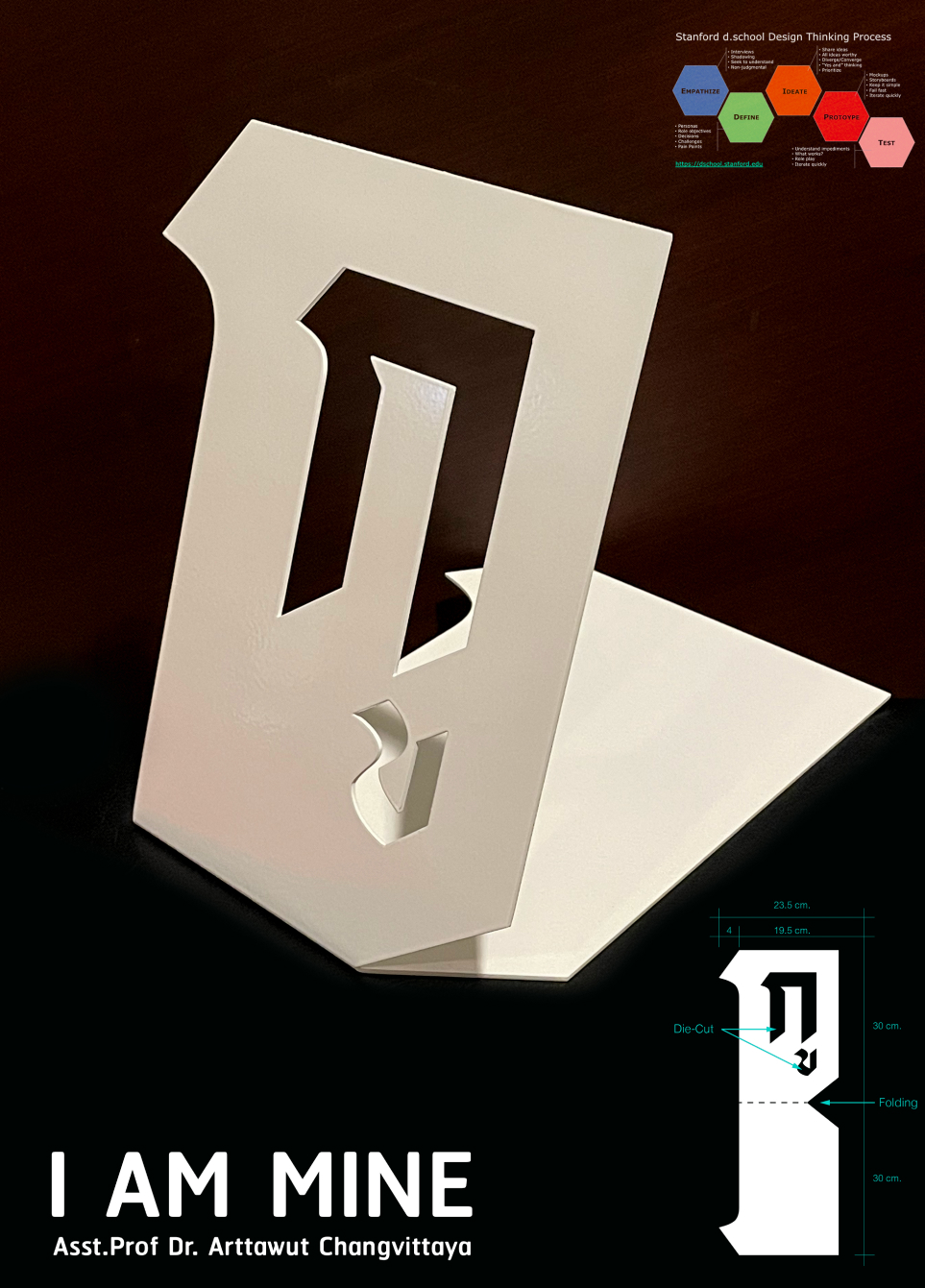
Download
